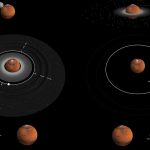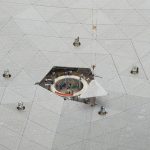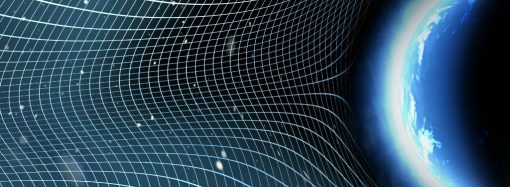Astronomers spy giant planet, three stars in odd celestial ballet0
- From Around the Web, Space
- July 7, 2016
Astronomers have discovered a planet unlike any other ever found, one that loops widely around one star that is locked in a gravitational embrace with two others in a triple-star system, creating a curious celestial ballet.
















